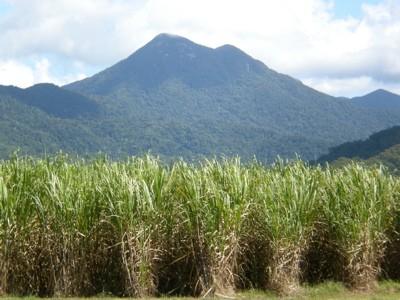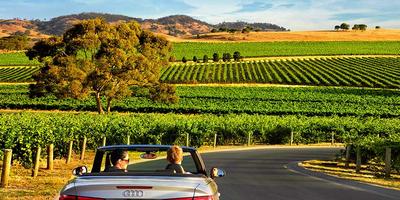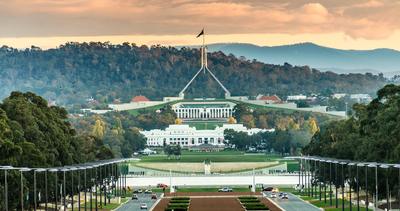Abandoned Farms for Sale VIC
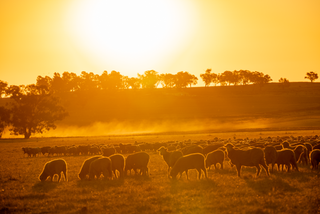

The allure of swapping city life for sprawling countryside has never been stronger, with abandoned farms for sale VIC presenting an extraordinary opportunity for those ready to embrace a tree change. Across Victoria’s diverse landscapes. From the rolling hills of the Northern Country and North Central regions to the fertile valleys of Gippsland , neglected rural properties await transformation into thriving homesteads or profitable agricultural ventures.
Whether nestled in the North East, stretching across the vast plains of the Mallee and Wimmera, or located within the lush expanses of the South West and West & South Gippsland, these properties offer immense potential for those seeking a rural lifestyle or investment opportunity. This comprehensive guide explores everything prospective buyers need to know about finding, purchasing, and renovating these hidden gems, from understanding the investment potential to navigating council regulations and renovation projects that can turn a forgotten farm into your perfect rural lifestyle property.
Understanding the Appeal of a Rural Fixer Upper
The growing exodus from metropolitan areas reflects a fundamental shift in how Australians envision their ideal lifestyle, with old farm houses for sale in Victoria offering both sanctuary and opportunity. Families seeking more space for children to roam freely, semi-retirees planning their next chapter, and young professionals escaping the daily grind are discovering that these properties provide far more than just a change of scenery, they offer a complete lifestyle transformation centred on connection to nature, community, and self-sufficiency. Beyond the lifestyle benefits, these neglected farms for sale Victoria represent astute investment opportunities, typically priced well below market value for comparable pristine land, allowing buyers to create significant capital growth through strategic renovation and land improvement whilst preserving the unique historical charm and character that only century-old properties can provide. The movement towards hobby farming and sustainable living has accelerated this trend, with new owners establishing vegetable gardens, keeping chickens, installing solar systems, and creating productive landscapes that reduce living costs whilst fostering a deeper connection to the land and food production.
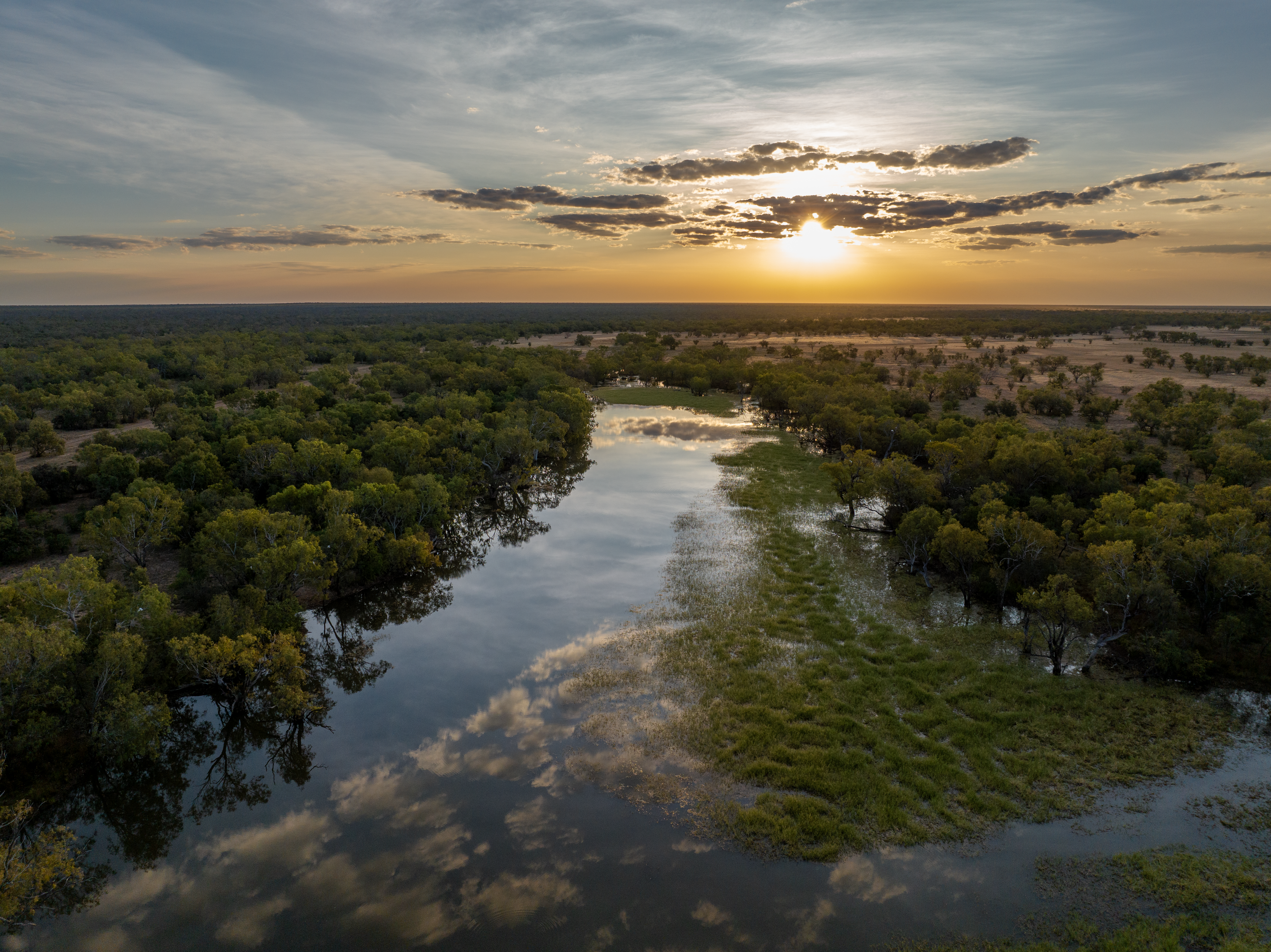
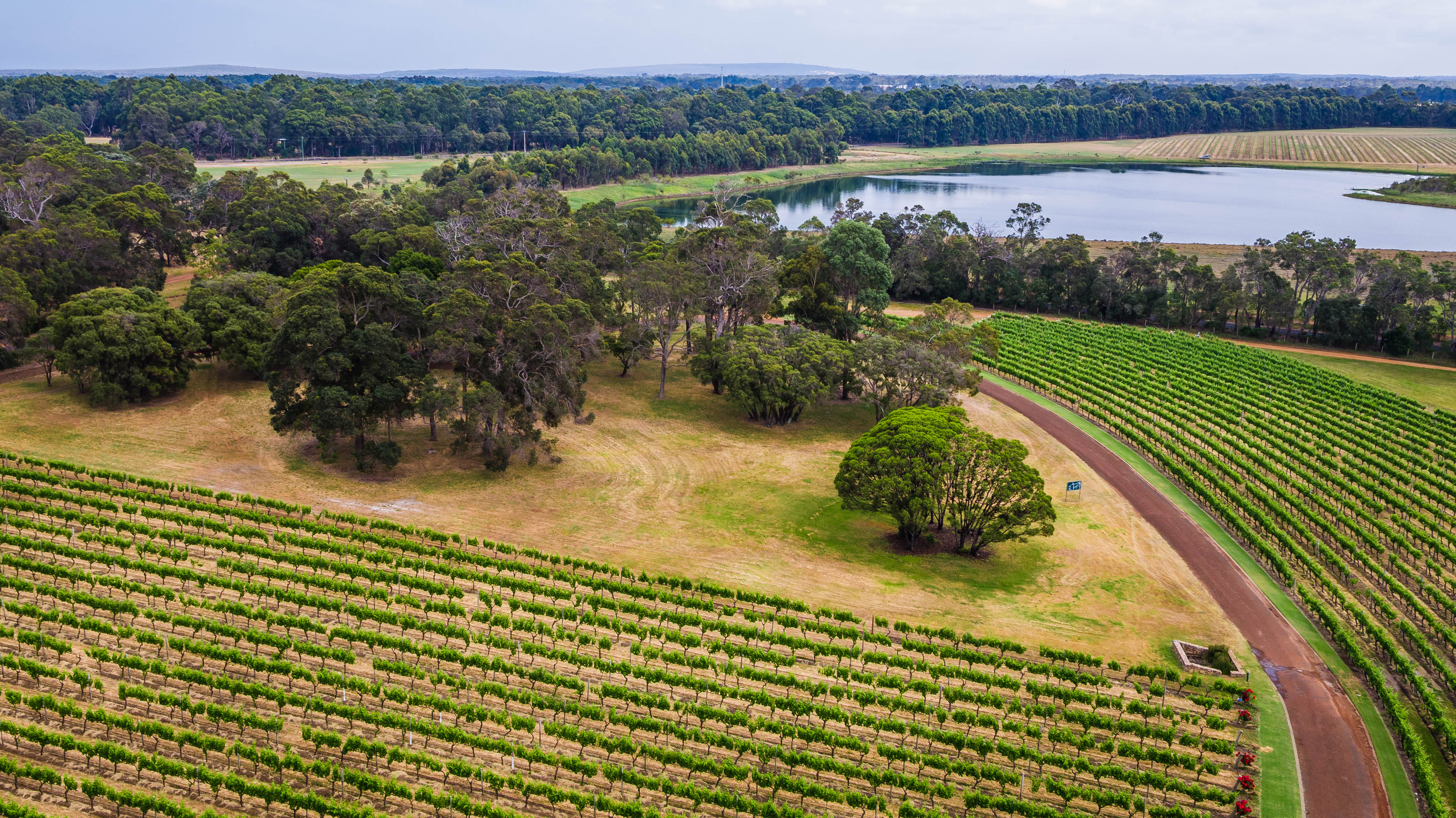
Your Guide to Finding Neglected Farms in Victoria
Locating the perfect abandoned rural property requires looking beyond conventional real estate channels and employing strategic search techniques that uncover hidden opportunities. Successful property hunters use specific search terms like "renovator's dream," "deceased estate," "mortgagee in possession, "vacant land" or "tree change" when browsing online platforms, whilst also exploring specialised rural property websites like Farmbuy.com alongside mainstream real estate portals that may overlook these unique listings. Establishing relationships with rural real estate agents who specialise in agricultural properties across specific Victorian regions proves invaluable, as these professionals often know about properties before they hit the market and understand the unique challenges and opportunities each area presents. Don't underestimate the power of a leisurely drive through your desired regions many abandoned farms aren't actively marketed online, and locals at the general store or pub might know of properties that owners are considering selling but haven't yet listed, making personal exploration an essential part of your property search strategy.
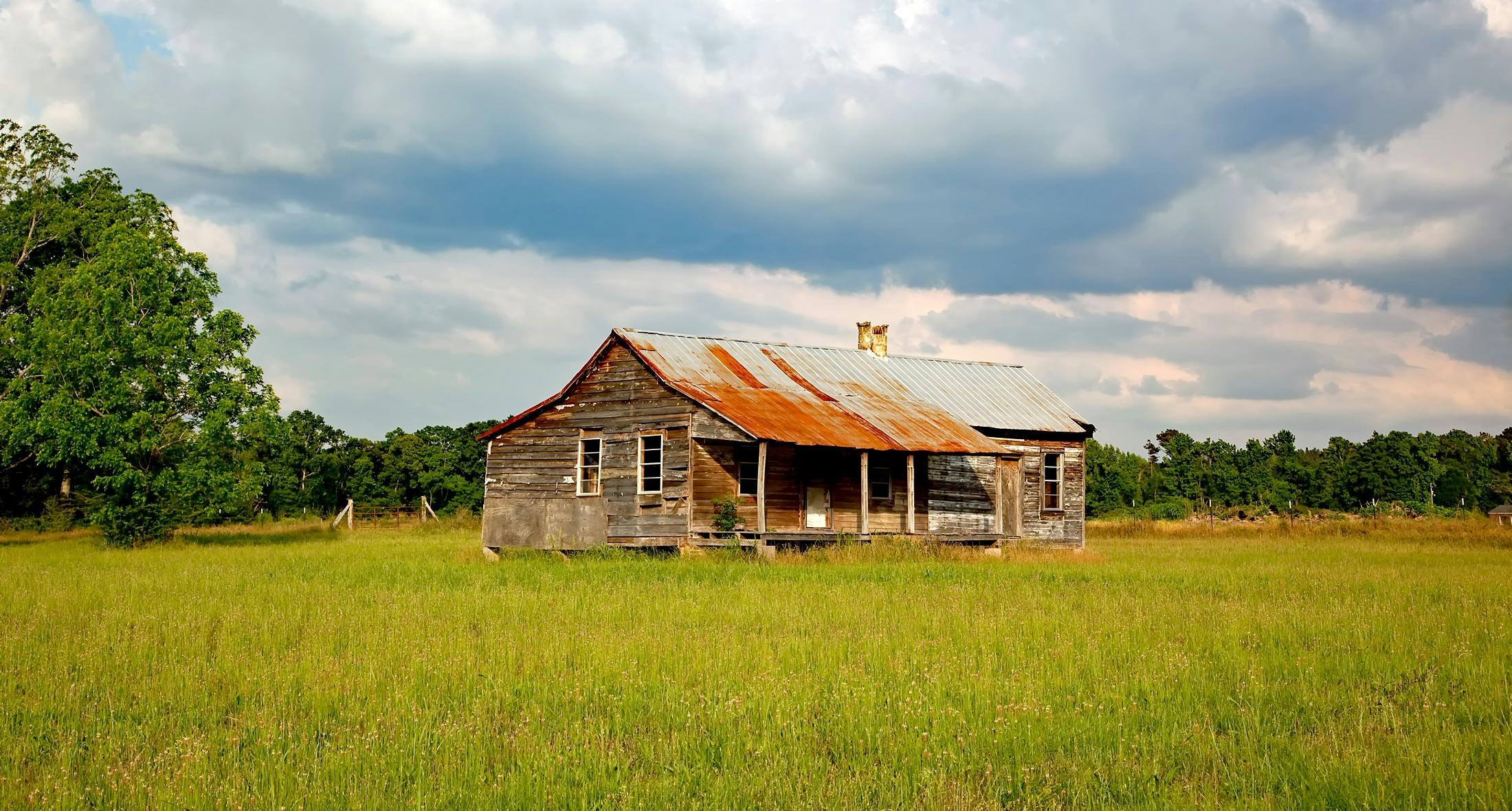

Types of Rural Properties to Consider
Victoria's abandoned farm market encompasses diverse property types catering to various ambitions and budgets, from commercial agricultural ventures to intimate lifestyle blocks. For those pursuing agricultural business opportunities, poultry farms for sale victoria and dairy farms for sale Victoria offer existing infrastructure (albeit requiring rehabilitation) including sheds, fencing, and water systems that provide a foundation for revitalising commercial operations. Small hobby farms for sale in Victoria appeal to lifestyle seekers wanting sufficient land for a few animals, extensive gardens, or equestrian pursuits without the commitment of full-scale farming, typically ranging from 5 to 20 hectares with modest but improvable dwellings. Budget-conscious buyers exploring cheap abandoned farms for sale in Victoria should prepare for properties requiring extensive work, often lacking basic services or habitable structures, but offering the lowest entry point into rural property ownership and the greatest potential for value creation through sweat equity. Alternatively, rural land for sale in Victoria without existing structures presents a blank canvas for those preferring to build their dream home from scratch, avoiding the complexities of renovating deteriorated buildings whilst still capturing the essence of rural living.
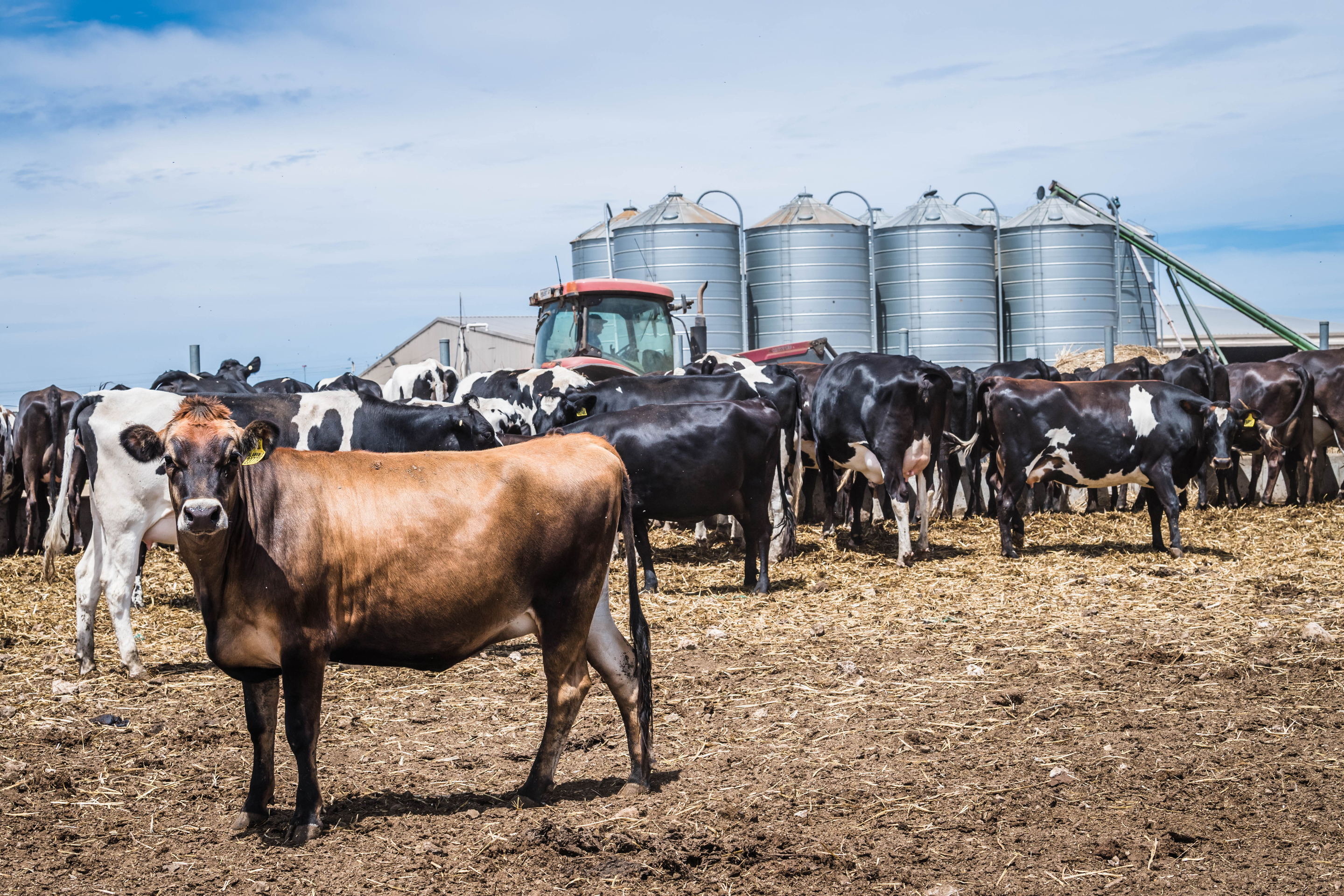
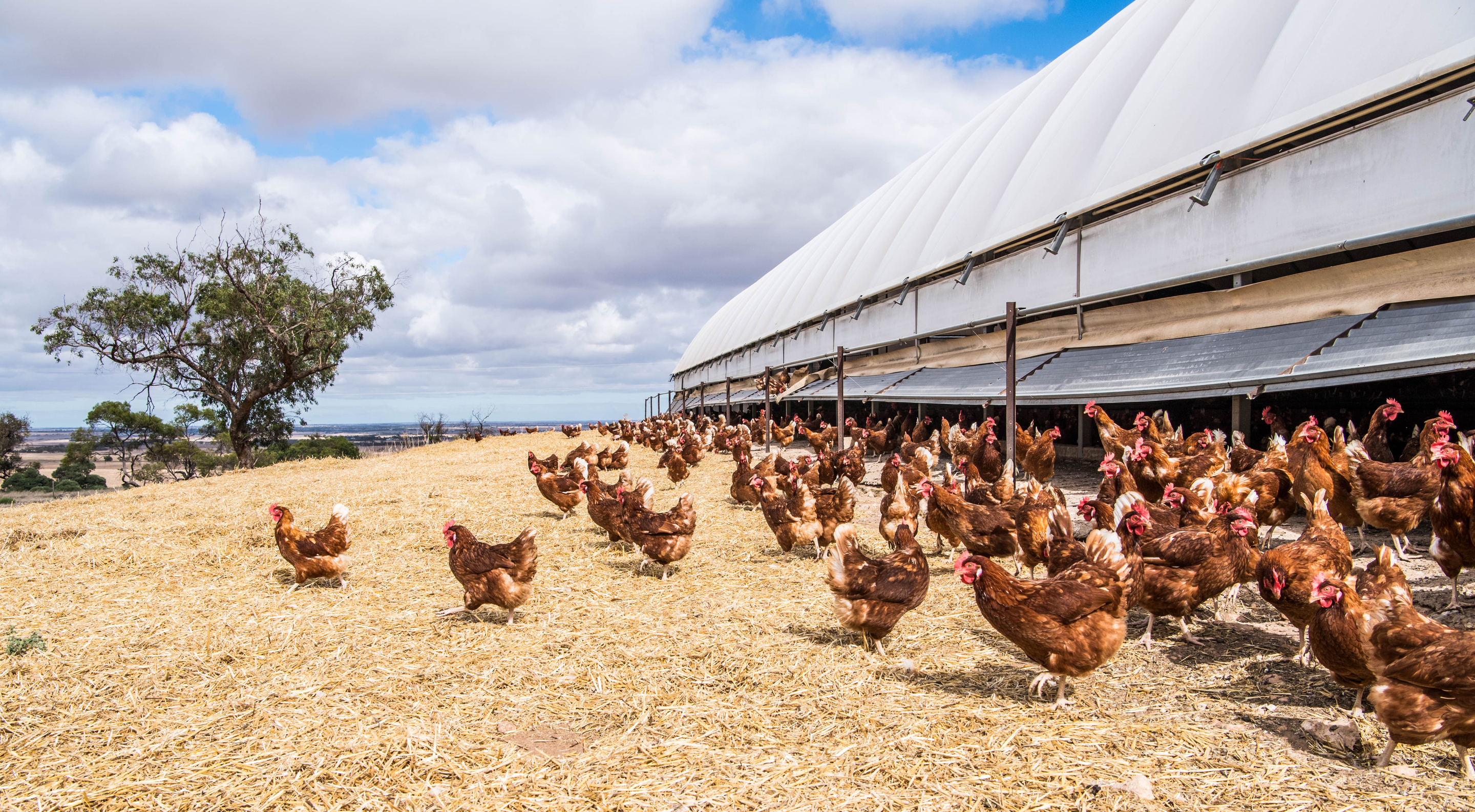
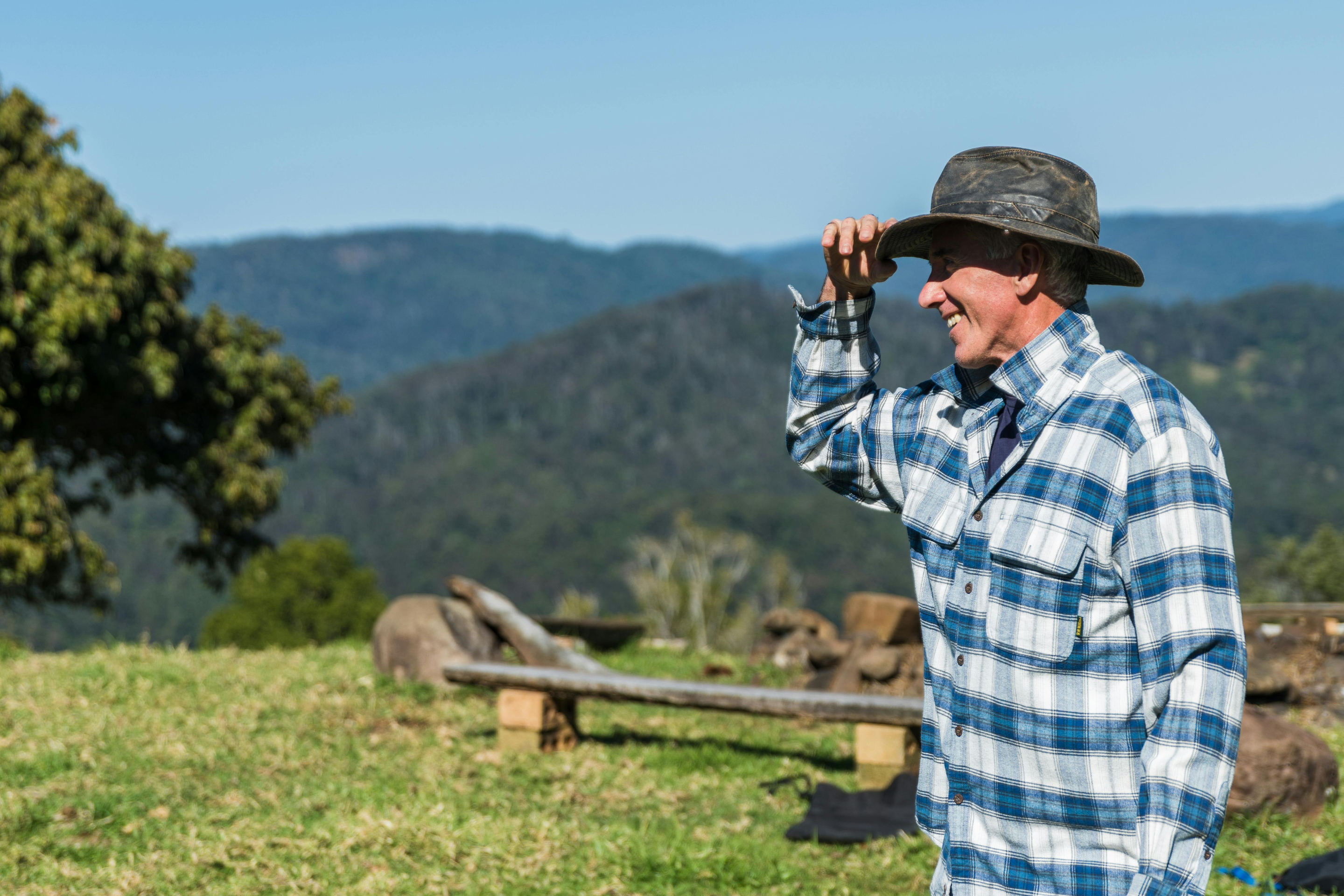
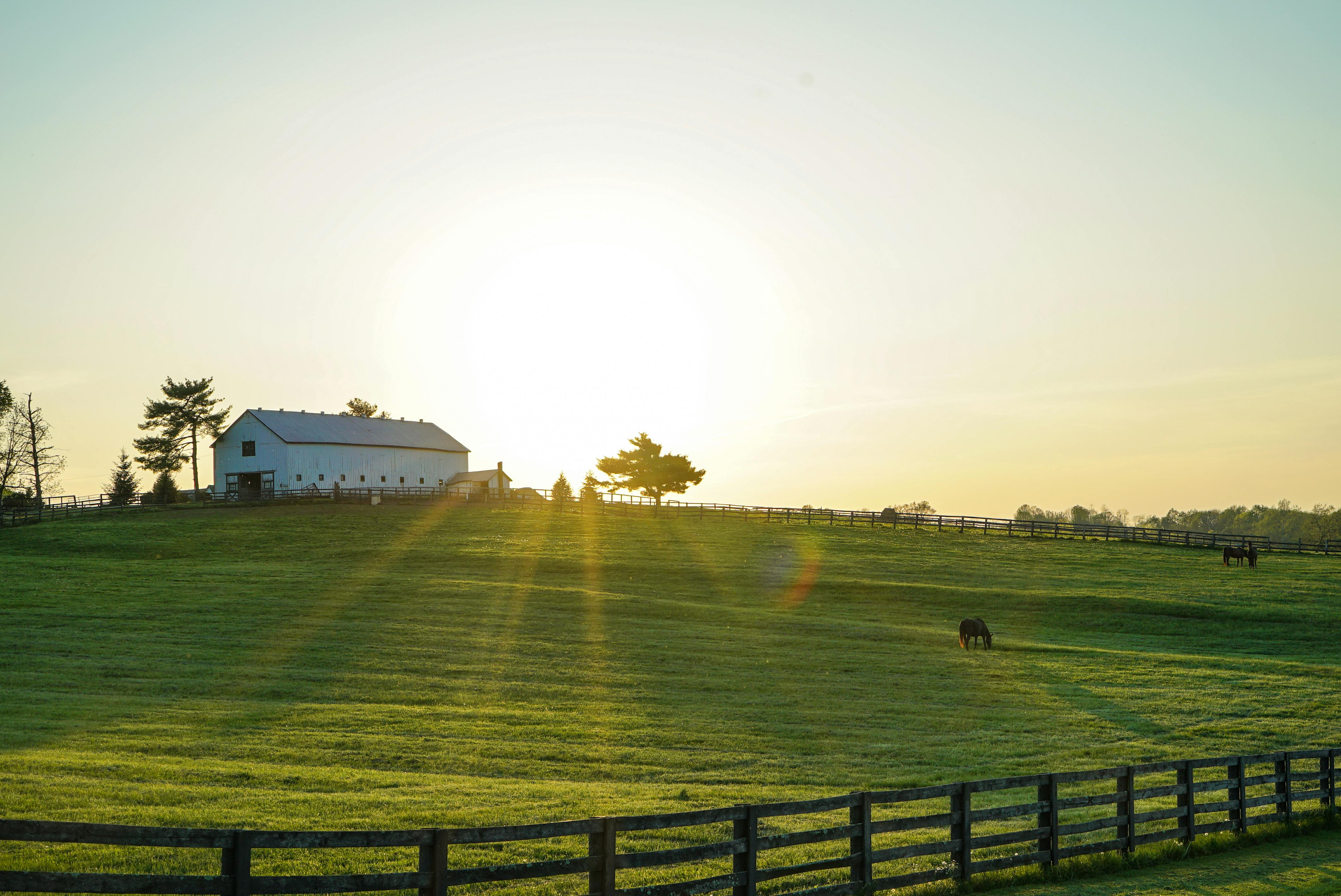
Key Steps for Buying a Rundown Agricultural Property
Purchasing an abandoned farm involves unique considerations that differ significantly from buying a standard residential property, requiring careful navigation of financing, due diligence, and legal processes. Securing finance for undeveloped or dilapidated properties often proves challenging, with many lenders requiring larger deposits (sometimes 30-40%) or buyers may need to approach specialised rural lenders who understand the value proposition of renovation projects and can structure loans accordingly. Comprehensive due diligence extends beyond standard building and pest inspections to encompass soil testing for contamination or agricultural viability, verification of water rights and bore conditions, assessment of dam integrity, confirmation of legal road access, and thorough investigation of local council zoning restrictions and future development plans that might affect your intended use. Engaging a conveyancer or solicitor experienced in rural property transactions becomes essential, as they can navigate complex title searches, identify easements or covenants affecting the land, ensure water licensing transfers correctly, and protect your interests throughout what can be a more complicated settlement process than urban property purchases.
Must Know Redevelopment and Renovation Insights
Transforming an abandoned farm into your vision requires realistic budgeting, understanding of regulatory requirements, and creative planning for the property's future use. Renovation costs vary dramatically depending on the property's condition, but buyers should budget for major expenses including septic system replacement or installation, electrical rewiring and connection, structural repairs to buildings, new roofing, water tank installation, fencing, and road improvements. Many rural renovation projects exceed $200,000 for comprehensive rehabilitation. Council regulations govern most renovation activities, requiring planning permits for changes of use, building permits for structural work, and potentially native vegetation removal permits, making early consultation with local planning departments crucial for understanding what's possible on your land. Popular redevelopment strategies include restoring original farmhouses to their former glory, constructing modern "barndominium" style homes that blend rural aesthetics with contemporary living, establishing regenerative agriculture systems that restore soil health whilst generating income, or developing agritourism ventures like farm stays, wedding venues, or glamping sites that capitalise on the growing demand for authentic rural experiences. Farmbuy regularly features properties with excellent redevelopment potential, helping buyers identify farms that align with their renovation ambitions and budget constraints.
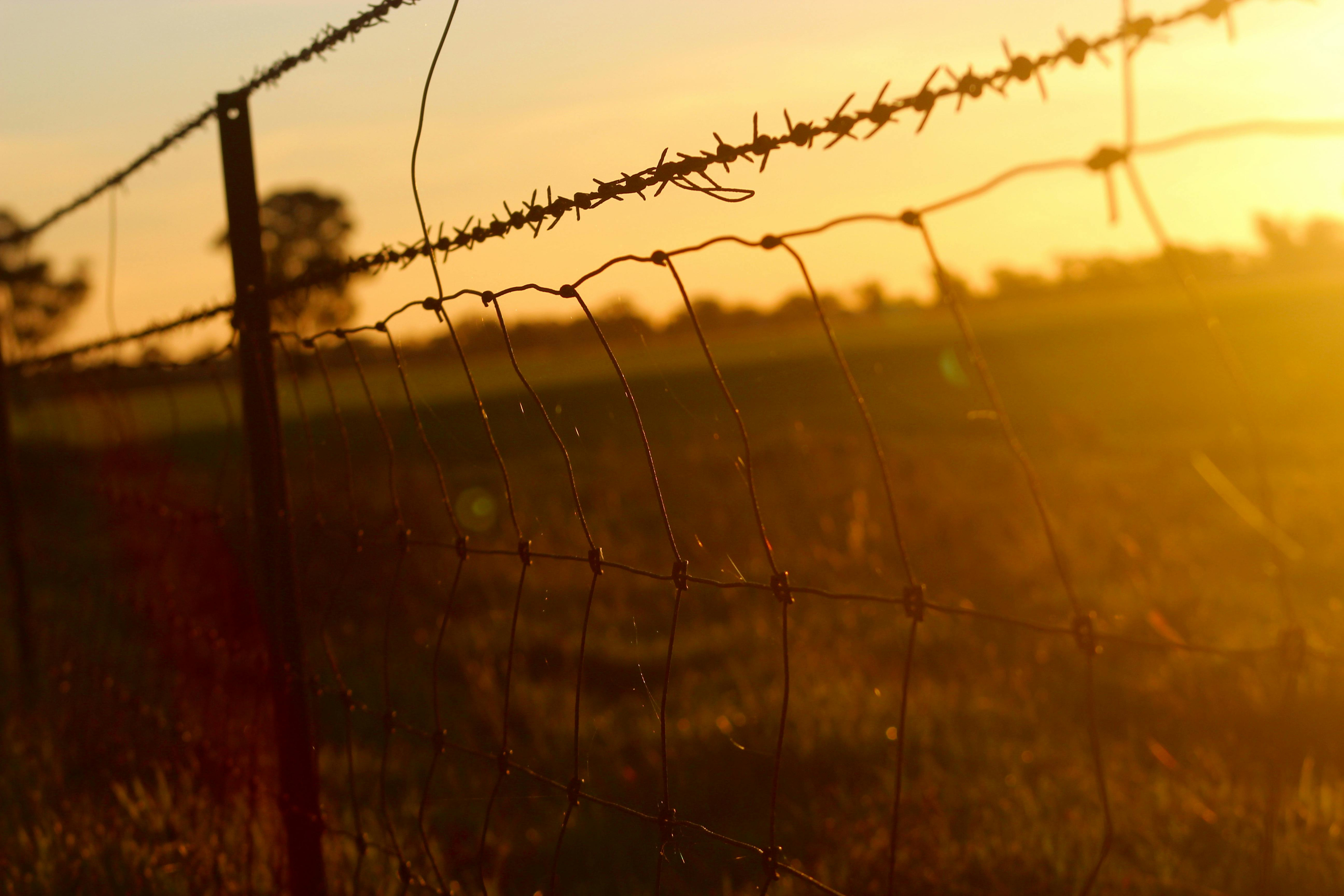
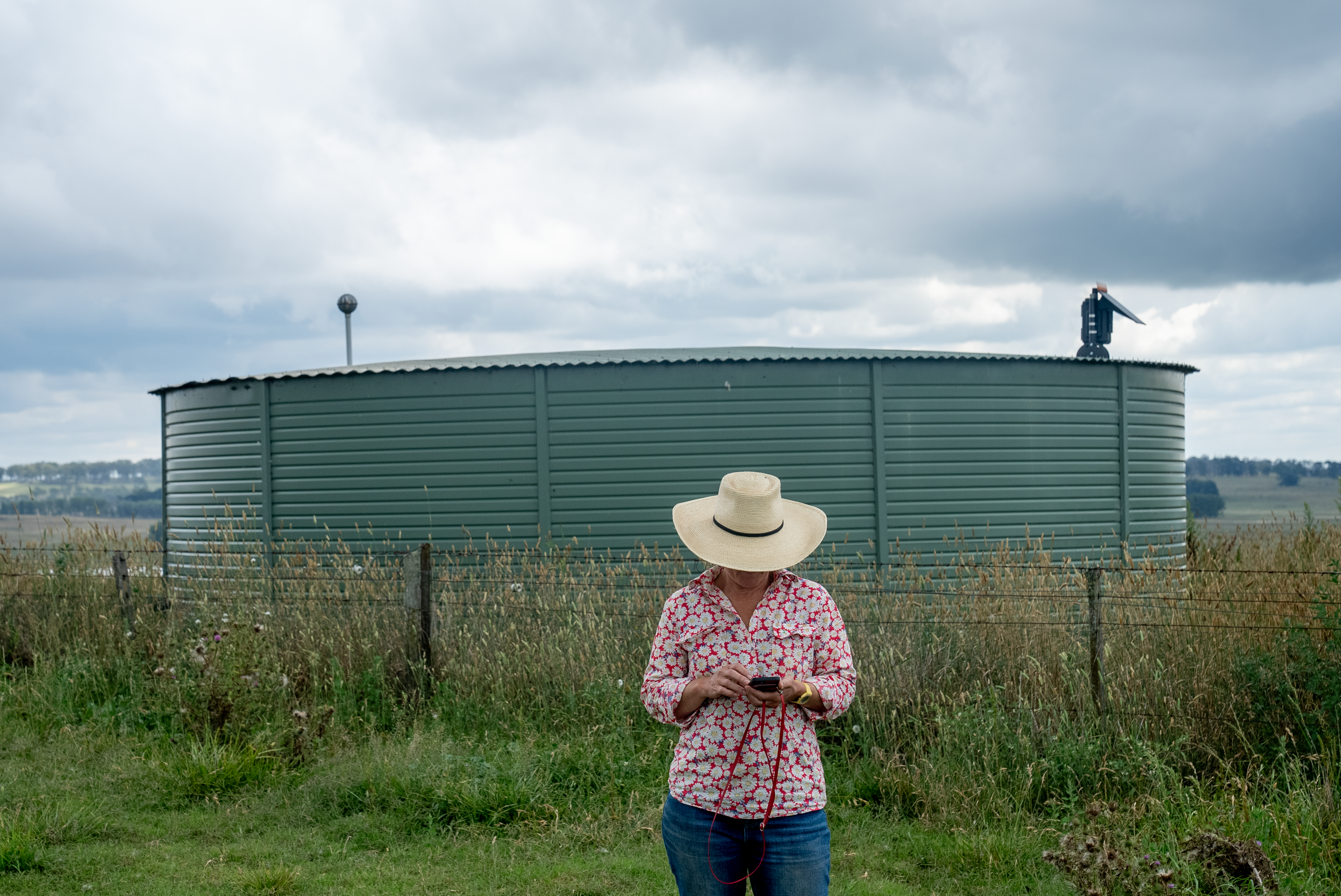
Final Thoughts on Your Victorian Farm Project
The journey from discovering abandoned farms for sale VIC to creating your dream rural property demands patience, vision, and commitment, but delivers rewards that extend far beyond financial returns. Successfully transforming a neglected farm requires careful planning through each stage.
From initial property searches and thorough assessments to navigating the purchase process and executing renovation plans—with each step building towards your ultimate goal of rural living or agricultural enterprise. Whether you're establishing a self-sufficient homestead, launching an agricultural business, or simply seeking a peaceful retreat from urban life, the satisfaction of breathing new life into forgotten land and creating something uniquely yours makes the challenges worthwhile.
Farmbuy understands this journey intimately, connecting dreamers with opportunities across Victoria and providing the resources and expertise needed to turn abandoned farms into thriving properties that honour their heritage whilst embracing modern rural living.
What are the first steps I should take when I find an abandoned farm I like?
Begin by arranging a comprehensive property inspection with a building inspector experienced in rural properties, then engage a conveyancer to conduct title searches and investigate any restrictions or easements. Simultaneously, contact local council planning departments to understand zoning regulations and permitted uses, and arrange for a local real estate agent familiar with the area to provide a realistic market appraisal. Farmbuy can connect you with trusted professionals who specialise in abandoned farm assessments.
Are there any government grants available for restoring old farm buildings in Victoria?
Several grants exist including the Regional Infrastructure Fund for community projects, Agriculture Infrastructure and Jobs Fund for commercial farming improvements, and occasionally heritage restoration grants for historically significant properties. Energy efficiency grants may also apply for installing solar systems or improving insulation. Check with Agriculture Victoria and your local council for current programmes, as eligibility criteria and funding availability change regularly.
What are the most common hidden costs when renovating a derelict rural home?
Unexpected expenses often include asbestos removal from old buildings, extensive termite damage repairs, upgrading or installing septic systems to meet current standards, establishing reliable water supply through bore drilling or dam construction, and bringing power to the property if it's been disconnected. Road improvements for access, unexpected structural issues hidden behind walls, and the need for temporary accommodation during major renovations can significantly impact budgets.
How do I check the water rights and availability on a rural property?
Request a Section 32 vendor's statement which should detail water entitlements, then verify these with your local water authority or GMW (Goulburn-Murray Water) for northern Victoria properties. Check for bore licenses, dam permits, and any irrigation rights attached to the land. Physically inspect all water sources during your property visit and consider engaging a hydrogeologist to assess bore potential if establishing new water sources.
What are the main zoning regulations I need to be aware of?
Victorian rural zones include Farming Zone (FZ), Rural Living Zone (RLZ), Rural Conservation Zone (RCZ), and Green Wedge Zone (GWZ), each with different permitted uses and minimum subdivision sizes. Key restrictions affect dwelling construction, subdivision potential, commercial activities, and vegetation removal. Overlays for bushfire management, environmental significance, or heritage can add additional requirements. Always check the Victoria Planning Provisions and consult your local council before purchasing.
Can I convert an old barn or shed into a liveable residence?
Converting agricultural buildings to dwellings is possible but requires council planning and building permits, with the structure needing to meet residential building codes for structural integrity, insulation, ventilation, and fire safety. Some councils are more receptive to adaptive reuse than others, and you'll need professional assessments from structural engineers and building surveyors. The process can be complex and expensive but creates unique living spaces with character.
What are the biggest risks involved in buying an unmaintained rural property?
Major risks include discovering contamination from previous agricultural chemicals or fuel storage, finding extensive structural damage making buildings unsalvageable, encountering legal issues like boundary disputes or unregistered easements, and underestimating renovation costs leading to financial stress. Properties in high bushfire risk areas may face insurance challenges, whilst remote locations might lack feasible connections to essential services. Farmbuy recommends thorough due diligence to identify and assess these risks before purchasing.
How difficult is it to get services like electricity and internet connected to a remote farm?
Electricity connection costs vary dramatically based on distance from existing infrastructure, potentially ranging from $10,000 to over $100,000 for very remote properties, though solar systems with battery storage offer increasingly viable alternatives. NBN satellite internet covers most rural areas, whilst some locations can access fixed wireless services. Mobile phone coverage should be checked with carriers before purchasing, as some areas have limited or no reception requiring signal boosters.
What are some sustainable business ideas for disused agricultural land?
Profitable ventures include establishing specialty crop production like truffles, saffron, or native foods, developing agritourism through farm stays or educational tours, creating wedding and event venues utilising rural charm, or implementing carbon farming and biodiversity credits programmes. Regenerative agriculture practices combining livestock and cropping can restore land whilst generating income, whilst leasing land for renewable energy projects provides passive income. Farmbuy features properties with established infrastructure suitable for various commercial ventures.
What are the key signs of long-term abandonment I should look for during an inspection?
Look for extensive weed infestation particularly with declared noxious species, collapsed fencing and deteriorated boundary markers, structural damage to buildings including failed roofs or foundations, and evidence of unauthorised access or vandalism. Check for disconnected utilities, overgrown access roads, silted or damaged dams, and dead or dying shelter belts. Inside buildings, watch for extensive water damage, pest infestations, and deteriorated services like plumbing and electrical systems that indicate years of neglect.

